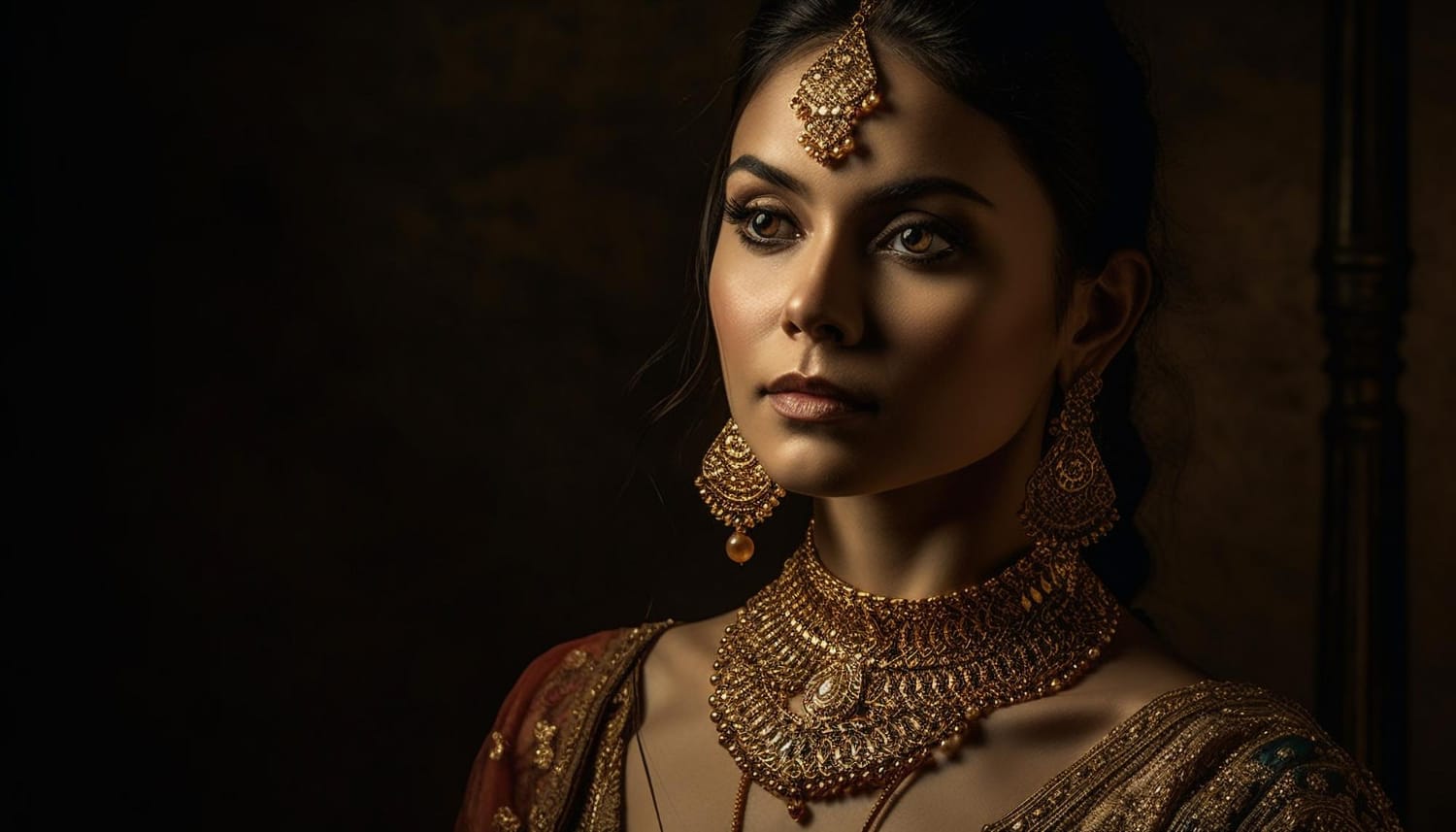Blogs
14K vs 18K vs 22K Gold: What’s best for your everyday wear?

When it comes to buying gold jewellery for everyday use, you want something that looks beautiful and lasts long. But with so many options like 14K, 18K and 22K, choosing the right one can feel confusing.
We get it. You want jewellery that’s stylish, durable and worth the price. Don’t worry—we’re here to help you pick the perfect gold purity for your daily wear, based on your lifestyle, budget, and fashion preferences.
In this blog by BMR Aabharan, we’ll explain the key differences between 14K, 18K, and 22K gold, compare their pros and cons, and guide you toward making a smart and stylish choice.
What does the ‘K’ in Gold mean?
The ‘K’ stands for Karat and it is a measurement of the purity of Gold. Pure Gold is 24K which means 24 out of the 24 parts are fully gold. But that kind of pure gold is very soft and is not suitable for daily use. That’s why, along with the gold, other metals like silver, copper or zinc are mixed. This makes them stronger and more durable.
In that sense,
14K Gold means there are 14 parts gold and 10 parts of other metals.
18K GOld means there are 18 parts of gold and 6 parts of other metals.
And 22K Gold means there are 22 parts of Gold and 2 parts of other metals.
Comparison: 14K vs 18K vs 22K Gold
| Features | 14K Gold | 18K Gold | 22K Gold |
| Purity | 58.3% | 75% | 91.6% |
| Durability | Very High | Moderate | Low (softer) |
| Colour | The yellow is slightly duller | It is more of a rich yellow colour | It is a bright, vibrant yellow colour |
| Best For | Daily wear, rings, pendants, bangles, etc. | Daily/ Occasion wear Jewellery | More Traditional and Rare Jewellery |
| Skin Sensitivity | Low | Medium | High (Hypoallergenic) |
Which one is best for everyday wear?
- 14K Gold
14K Gold is made up of 58.3% of Pure Gold and 41.7% of alloyed metals like copper, silver or nickel. This jewellery is strong and long lasting and is perfect for everyday jewellery like rings, bangles or chains.
- 18K Gold
18K Gold is made up of 75% gold and 25% of alloyed metals. This is a little more luxurious than 14K but is still extremely durable. It is a popular choice for engagement rings, pendants and bracelets. The higher purity gives the jewellery a richer yellow tone.
- 22K Gold
22K Gold is made up of 91.6% of pure gold and 8.4% of other metals making it extremely luxurious. This type of jewellery is mainly used for wedding jewellery or traditional and special occasions. This is softer compared to the other types of jewellery making it not ideal for daily use.
FAQs
- Is 14K Gold real gold?
Yes, 14K gold is real gold, just mixed with other metals for strength. It’s 58.3% pure gold.
- Will 18K Gold tarnish?
18K gold doesn’t tarnish easily and stays shiny with basic care. It has more gold, so it keeps its colour longer than 14K.
- What should I buy if I want gold for investment?
For investment, 22K gold is better because it has higher purity. But for jewellery you wear daily, choose 14K or 18K.
Conclusion
There’s no one-size-fits-all answer. It depends on how and when you plan to wear your jewellery.
- Choose 14K if you want something affordable, sturdy and low-maintenance.
- Pick 18K for a little extra luxury that’s still wearable every day.
- Go for 22K if you’re buying for tradition, weddings or special occasions. It is not rough daily use.
At BMR Aabharan, we offer a wide range of 14K, 18K and 22K gold jewellery, each crafted with care, elegance and quality you can trust. Visit the BMR Aabharan Jewellery store in Ongole or explore our collection online to find your perfect everyday gold piece.
